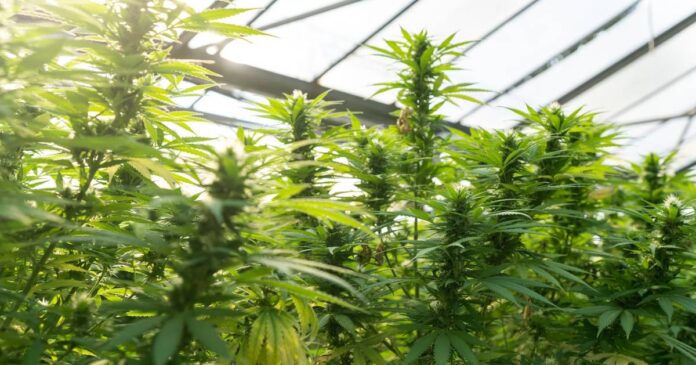Hemp grown in 22 greenhouses in California’s Sutter County has been destroyed due to illegal pesticide residue.
A couple of weeks ago, the California Department of Pesticide Regulation (DPR) announced the action that followed an inspection and further investigation by the Sutter County Agricultural Commissioner (CAC). While conducting a routine regulatory site inspection in May this year at greenhouses operated by an individual, evidence of improper use of pesticide was detected and later confirmed by a state government laboratory.
A settlement agreement was reached with the grower, who consented to destroy hemp grown in all 22 greenhouses voluntarily. The method of destruction isn’t clear, and the number and/or weight of plants destroyed was not specified. The grower was also fined by the Sutter CAC for the application of a pesticide (unnamed) not permitted for use on hemp.
“This action highlights the diligence of our inspectors in Sutter County and our continuous and committed work to enforce and implement California’s robust pesticide regulatory program,” said Sutter CAC, Lisa Herbert. “Safe pesticide use is critical to protecting people, the environment and supports our agricultural sector.”
The pathway for a pesticide to be used on crops in California is complex – first it must be evaluated and registered by the United States Environmental Protection Agency (EPA), then separately evaluated by DPR based on local concerns regarding potential impacts on the environment and people. Furthermore, a pesticide permitted for use on one crop may not be for hemp
At the time of writing, products registered for use with hemp in the state can be found on DPR’s website here. To identify permitted pesticides, search by site code and tick “Active Products Only” – the site code used by DPR for industrial hemp is 26010.
Industrial hemp is a hardy plant, but is subject to predation by a number of insect pests; from aphids to wireworms. Learn more about the insect pests impacting hemp.
In addition to insects, hemp can also be impacted by a number of diseases, the most common being white mold (Sclerotinia sclerotiorum). Furthermore, a variety of animals are partial to hemp seed; including blackbirds, sparrows and starlings, which can damage the seed head as they pluck them out; creating further harvest losses.


